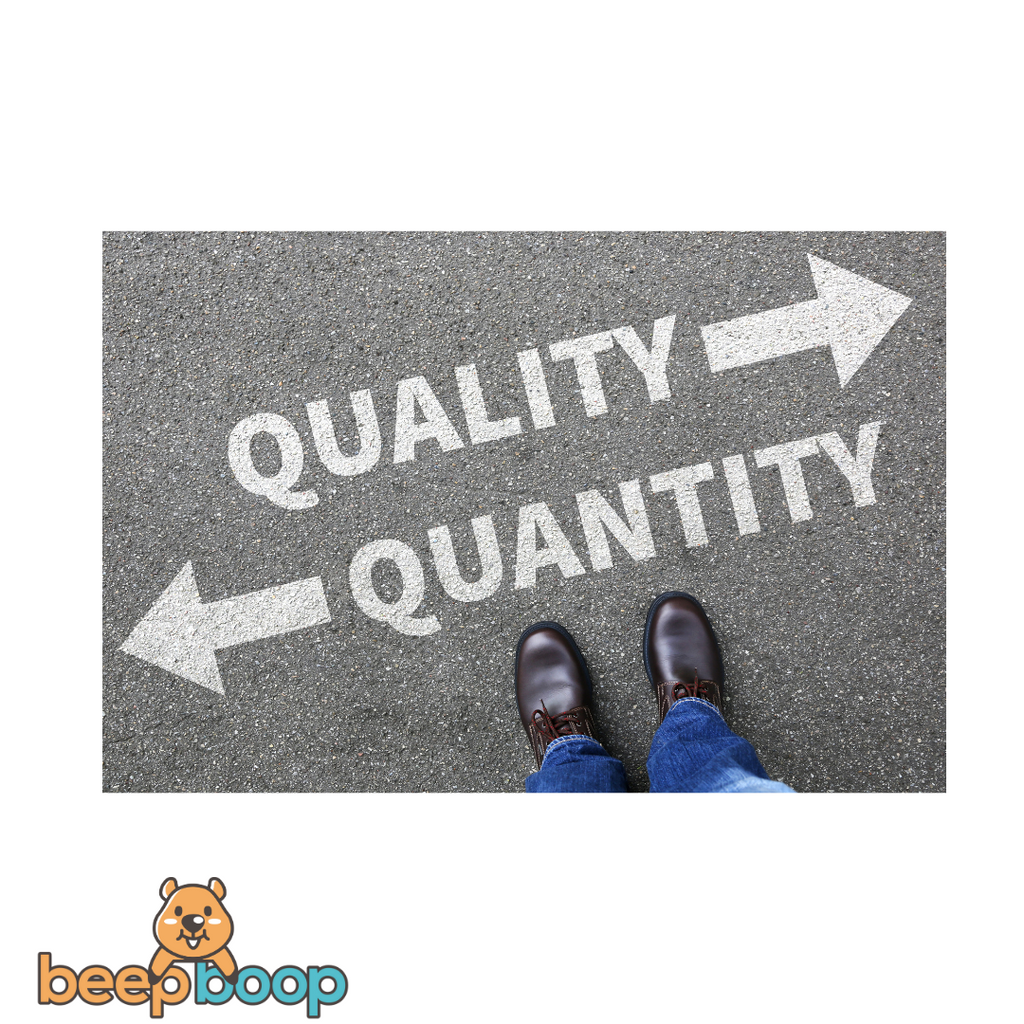In the realm of language learning, particularly when mastering Spanish, the debate between prioritizing quantity over quality in vocabulary acquisition remains a topic of considerable discussion. Understanding the implications of each approach can greatly impact the efficiency and effectiveness of language learning.
Quantity Approach: A Broad Lexical Base
The quantity approach emphasizes acquiring a vast number of words, fostering a broad lexical base. This method can be particularly beneficial in the early stages of learning Spanish. It allows learners to quickly build a foundational vocabulary, enhancing their ability to understand and participate in basic conversations. The primary advantage of this approach lies in its encouragement of extensive reading and listening, which exposes learners to diverse contexts and idiomatic expressions, aiding in the development of a more natural language flow.
Moreover, a substantial vocabulary base can serve as a confidence booster, enabling learners to engage more readily in various linguistic environments. This approach aligns well with the Pareto principle, or the 80/20 rule, suggesting that understanding 20% of the most frequently used words in a language can lead to comprehension of 80% of everyday conversations.
Quality Approach: Depth and Precision
Conversely, the quality approach focuses on a deeper understanding and precise use of a more limited set of words. This method involves learning words in their full context, understanding their nuances, connotations, and appropriate usage. This depth of knowledge is particularly useful in more advanced stages of language learning, where the subtleties of language become increasingly important.
Quality-focused learning often involves active usage of new words in speaking and writing, reinforcing their meaning and proper context. This method is beneficial for learners aiming for fluency and accuracy, as it enables them to express themselves more precisely and understand the subtle differences between similar words.
Balancing Quantity and Quality
In practice, the most effective approach to vocabulary learning in Spanish may involve a balance between quantity and quality. Beginners might benefit more from a quantity-focused approach, rapidly expanding their vocabulary to achieve functional proficiency. As learners progress, gradually shifting towards a quality-focused approach can refine their language skills, enhancing their ability to express complex ideas and understand nuanced meanings.
Conclusion
In conclusion, both quantity and quality play crucial roles in vocabulary acquisition when learning Spanish. A strategic combination of both approaches, tailored to the learner's proficiency level and goals, can lead to a more comprehensive and effective language learning experience. This balanced methodology allows for both a wide range of comprehension and a depth of expression, essential for true mastery of the Spanish language.


